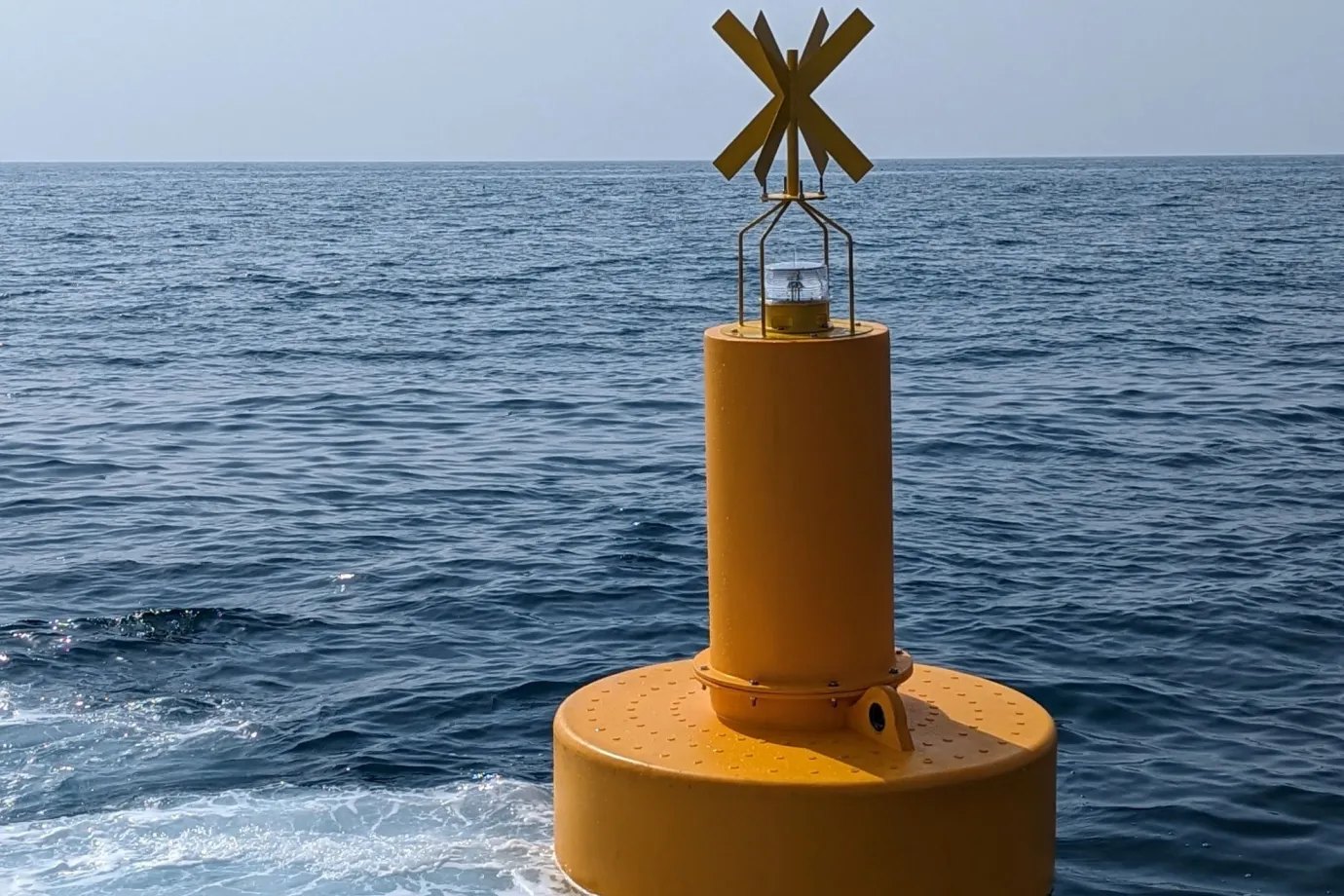Maintaining track ballast is essential for the safety and efficiency of railway operations. Over time, ballast—the crushed stone supporting railway ties, shifts due to train movement and environmental factors. This displacement can misalign tracks, reduce ride quality, and even cause derailments if neglected. To prevent these issues, railways rely on the ballast regulator machine.
A ballast regulator machine is specially designed to shape, profile, and redistribute ballast along tracks. By maintaining proper ballast alignment, these machines improve track resilience, drainage, and elasticity, which are crucial for extending the lifespan of rails and ties. Regular ballast regulator operation ensures the track remains stable, reducing maintenance costs and enhancing ride quality.
For efficient shaping, distribution, and profiling of track ballast, explore our “ballast regulator“.

The ballast regulator operation principle involves precision redistribution using tools like ploughs, brooms, and hoppers. These components help regulate ballast efficiently, keeping tracks in optimal condition. Additionally, ballast regulators are versatile and capable of snow plowing, vegetation clearing, and ditch digging. This blog post explores the components, applications, and operation principles of ballast regulator machines and highlights their indispensable role in railway maintenance.
What is the ballast regulator?
A ballast regulator machine is a critical piece of railway infrastructure maintenance equipment designed to shape, distribute, and profile ballast—the layer of crushed stone or gravel that supports railway ties. This layer is essential for maintaining track stability, drainage, and elasticity, all of which contribute to the longevity and safety of railway infrastructure.
The primary function of a ballast regulator machine is to ensure the proper alignment and distribution of ballast along the track. Over time, ballast can shift due to the weight of passing trains and environmental factors, leading to uneven track surfaces and reduced ride quality. These machines maintain the ideal track bed structure by redistributing and profiling ballast, ensuring smooth and efficient train operations.
A ballast regulator, equipped with components like ploughs, brooms, and hoppers, can perform various tasks. It transfers ballast between track sections, spreads it evenly, and profiles it to the desired shape. The ballast regulator operation principle revolves around precision, allowing operators to move ballast toward or away from the track’s center or redistribute it from surplus areas to deficient ones.
In addition to ballast regulation, these machines are versatile and can handle tasks like snow plowing, vegetation clearing, and ditch digging, making them indispensable for railway maintenance teams. When paired with ballast cleaning systems and tampers, ballast regulators ensure a stable and durable track structure, ultimately enhancing the safety and efficiency of the railway network.
What are the applications of ballast regulator machines in railway?

In railway maintenance, ballast regulator machines are used for various tasks that ensure tracks’ stability and functionality. Their key applications include:
- Ballast Profiling: Shaping and redistributing ballast to achieve the correct track bed profile for stability and drainage.
- Redistribution of Ballast: Moving ballast from the center to the sides, from sides to the center, or transferring it between surplus and deficient areas.
- Sweeping Sleepers and Cribs: Clearing excess ballast from the tops of sleepers and filling under-ballasted areas.
- Collecting Surplus Ballast: Hoppers (if available) collect excess ballast and transport it to other track sections.
- Clearing Track Fasteners: Sweeping ballast off-track fasteners for proper maintenance and inspection.
- Additional Functions: Plowing snow, clearing vegetation, and digging ditches when required.
The precise ballast regulator operation principle ensures efficient distribution, improving track safety and durability.
See also: “Railway Maintenance Equipment“
Types of ballast regulating systems
Ballast regulator machines are classified into two main types based on their design and functionality:
1- Without Hoppers:
- These machines have shoulder ploughs, front/center ploughs, brooms, and conveyor belts.
- They are primarily used for shaping and redistributing ballast along the track.
- Excess ballast is swept off sleepers and redistributed directly onto the track or shoulders.
2- With Hoppers:
- This type is ideal for transporting and redistributing ballast over longer distances.
- These machines feature hoppers to collect surplus ballast via a broom and conveyor system.
- The collected ballast is stored and can be unloaded wherever needed through chutes.
Ballast Regulator machine components

A ballast regulator machine has several key components that effectively shape, redistribute, and profile track ballast. These components ensure that railway tracks remain stable, well-drained, and aligned. Below is an overview of the main components:
1- Shoulder Plough:
- Attached to the sides of the machine, shoulder ploughs are hydraulically operated from the operator’s cab.
- They are designed to regulate ballast on the track’s shoulders, shifting ballast inward or outward as needed.
- Machines can be equipped with either standard fixed-width or variable-width wings for precise profiling.
2- Front Plough:
- Located at the front of the machine, this plough is used to handle ballast between the rails.
- Depending on the track’s requirements, it can be adjusted to plough ballast outward, inward, or to one side.
- Front ploughs are operated from the cab and are essential for initial ballast alignment.
3- Centre Plough:
- The center plough is positioned in the middle of the machine, between the wheels or bogies, and regulates ballast between the rails.
- Like the front plow, it is hydraulically controlled from the cab and provides precise ballast redistribution.
- Machines typically feature either a front or center plow, but not both.
4- Broom:
- The broom system is mounted at the rear or in the middle of the machine.
- It sweeps ballast from the tops of sleepers, fills under-ballasted cribs, and ensures even distribution on the track shoulders.
- Equipped with a rotating drum and flexible rubber tubes, the broom moves ballast onto lateral conveyors or into hoppers if available.
5- Hopper:
- Found in certain machines, the hopper collects excess ballast via a conveyor system.
- Its capacity varies from 5 to 12 m³, depending on the model, and it allows for redistribution at required locations using chutes.
These components work together to execute precise ballast regulator operations, ensuring optimal track performance and safety. Their versatility supports snow plowing and vegetation clearing, making ballast regulators invaluable in railway maintenance.
Ballast Regulator Operation Principles

The operation of a ballast regulator machine revolves around precision and efficiency in redistributing and profiling ballast to ensure railway track stability and alignment. Proper ballast regulation enhances track drainage, resilience, and elasticity, which is essential for maintaining safe and efficient railway operations. Below are the key ballast regulator operation principles:
1. Transfer of Ballast
The primary function of a ballast regulator is to redistribute ballast across the track. This is achieved using shoulder plows, front plows, or center plows. These components allow the machine to:
- Transfer ballast from the center of the track to the shoulders, ensuring proper lateral support for the rails.
- Move ballast from the shoulders back to the center when necessary.
- Ballast should be evenly distributed from surplus zones to deficient areas for uniformity across the track bed.
2. Shaping and Profiling
Profiling ballast involves shaping it into the correct cross-sectional form to meet railway standards. This ensures proper drainage and track support. The shoulder ploughs and front/center ploughs work together to achieve this:
- Shoulder ploughs shape ballast on the sides of the track to maintain stability.
- Front or center ploughs align ballast between the rails for even weight distribution.
- This precise profiling minimizes uneven ballast distribution, which can lead to track misalignment.
3. Sweeping and Clearing
To ensure proper functionality, ballast must be cleared from areas where it can interfere with track components:
- Brooms sweep ballast off sleepers and track fasteners to prevent operational issues.
- If the machine is equipped with these systems, excess ballast is collected and transported to deficient areas using hoppers or conveyor belts.
4. Handling Excess Ballast
Ballast regulators with hoppers use conveyor belts and chutes to collect and redistribute excess material. This mechanism ensures no ballast is wasted and allows for redistribution where it is most needed, optimizing track performance.
5. Combining Ploughs for Efficiency
The operation becomes highly efficient when multiple ploughs are combined:
- The shoulder plough can transfer ballast inward or outward, creating a boxed enclosure for ballast flow.
- The front or center plough works in tandem to redistribute ballast either toward the shoulders or back to the center.
- This integrated approach ensures smooth and uniform ballast distribution with minimal passes.
6. Pass Requirements
The number of passes needed depends on the configuration of the machine:
- Machines with shoulder and center ploughs typically require a single pass for complete profiling.
- Machines with only a shoulder and front plough may require multiple passes, including a reverse pass, to properly dress ballast.
7. Final Dressing and Inspection
The broom system performs a final dressing of the ballast, ensuring that the track bed is smooth and aligned. This step is critical for improving ride quality and reducing wear and tear on track components.
Conclusion
The ballast regulator machine is an indispensable tool in modern railway maintenance. It ensures the stability, safety, and efficiency of railway tracks by shaping, profiling, and redistributing ballast. These machines maintain proper track alignment and drainage, which are essential for preventing misalignment, reducing wear on rails and ties, and enhancing ride quality.
Through precise ballast regulator operation, these machines deliver efficient ballast management using tools like ploughs, brooms, and hoppers. They transfer ballast between track sections, shape it into the desired profile, and clear debris from critical areas like sleepers and fasteners. In addition to their core functions, ballast regulators are versatile, performing additional tasks such as snow plowing, vegetation clearing, and ditch digging, making them vital for maintaining track safety year-round.
Understanding the ballast regulator operation principles highlights their role in enhancing railway infrastructure’s lifespan. Regular use of these machines minimizes maintenance costs and ensures the smooth operation of rail networks, making them a cornerstone of railway engineering.




